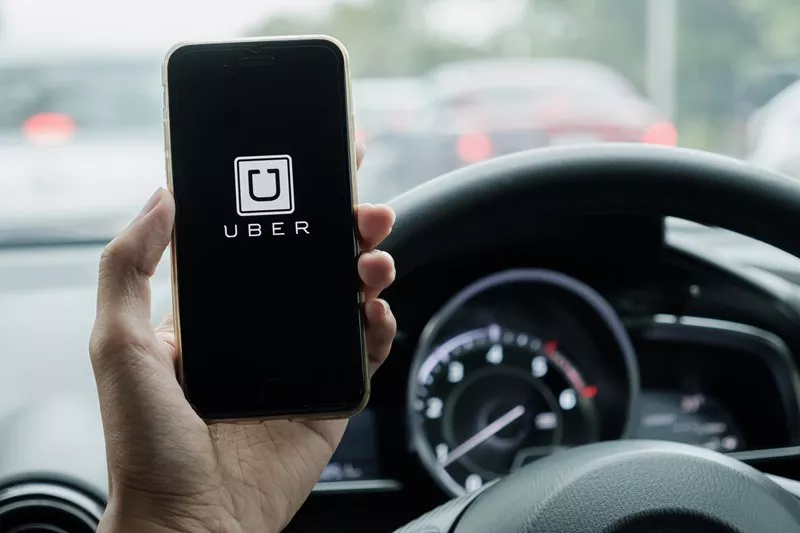Last week the Employment Court released its decision in which it has found in favour of four Uber drivers, ruling that they are deemed to be employees rather than independent contractors. This is in contrast to an earlier decision of the Employment Court in 2020 which held an Uber driver was not an employee.
Employment Court Decision
The Employment Court was tasked with assessing the real nature of the relationship between the four Uber drivers and Uber to determine whether the drivers are employees or independent contractors. In doing so, the Court looked at the real nature of the relationship, including looking at features of control, economic reality, and integration which were present in the relationship between the drivers and Uber.
After hearing a raft of evidence from both sides over a two month period, the Employment Court made a declaration that the drivers were employees. This declaration meant, among other things, that the drivers were entitled to approximately six years of backdated wage entitlements such as sick leave and annual leave.
In reaching its decision, the Court looked past the wording of the drivers’ contractual terms. Little weight was given to the drivers being labelled as “independent contractors”. Rather, the Court prioritised the control which was exercised by Uber over the drivers. For example, the contractual terms were set by Uber with the drivers being unable to engage in any negotiation. This in itself reinforced a high degree of control over their drivers.
A key part of the control over the drivers was Uber’s ability to set the prices for each driver’s fare and not revealing this information until the driver had accepted the ride. In doing so, Uber deprived the drivers from assessing the profitability of each potential ride. Drivers were unable to run their business as they saw fit which the Court recognised as a hallmark of an independent contractor.
Control was not limited to pricing; drivers were unable to uniquely market their services. They could not develop their own branding, sign-write their cars, or differentiate themselves in any meaningful way. The contractual terms and app also functioned in a way which prevents drivers from establishing business relationships with clients. Any goodwill accumulated by the drivers was limited to Uber’s driver rating system which drivers could not control.
The Court held that the only way for a driver to increase their profits, was to work longer hours.
Along with the drivers’ inability to determine the price for their services, the way in which the rides are distributed were also controlled by Uber. Drivers with higher ratings would be offered more profitable rides more often; those with lower ratings were offered limited work.
Ultimately, Uber was unable to convince the Court that they were purely a platform which connected customers with drivers. Uber emphasised that drivers are able to choose their times of work and work in other jobs. The Court did not accept this point – in a post-pandemic employment environment flexible working has become common place and is a neutral factor in determining whether someone is an independent contractor.
The Court also gave little weight to drivers providing their own vehicle and mobile phone as an indication of the drivers being contractors. Historically, providing your own equipment implied a significant investment into a specialised craft, however, most people have access to a car and a mobile phone so the Court considered this was not a specific investment for the role with Uber.
What does this mean for the future?
Uber NZ has signalled that they will be appealing the decision to the Court of Appeal. This may help in providing clarity given we now have two judgments from the Employment Court which both reach different outcomes.
We consider this to be a timely reminder for businesses that they need to regularly review any independent contractor arrangements they may have, and assess the real nature of the relationship. If you require assistance with this please contact a member of our experienced employment law team.







